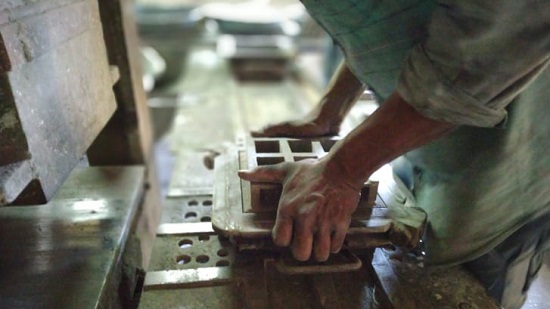 Tuesday, October 1, 2024
Tuesday, October 1, 2024  Tuesday, October 1, 2024
Tuesday, October 1, 2024 
India has the world’s worst air pollution. Home to 21 of the world’s 30 most polluted cities, its toxic air kills more than one million people each year.
That’s partly because the South Asian nation is the world’s second largest brick producer. Brick kilns — which account for 20% of black carbon emissions globally — make a significant contribution to its terrible air.
Indian architect Tejas Sidnal was shocked to discover the construction industry’s role in the pollution crisis. “That was a crazy eye opener,” he says. “As architects, we are responsible for so much air pollution. We can do better.”
Determined to make construction more sustainable and tackle India’s air pollution, Sidnal launched Carbon Craft Design in 2019. The startup takes black carbon extracted from polluted air and upcycles it to make stylish, handcrafted building tiles.
The air shrouding India’s cities often contains dangerously high levels of fine particulate matter, known as PM2.5, which has been linked to lung and heart disease and can impair cognitive and immune functions. In 2019, New Delhi declared a public health emergency after suffering record levels of smog.
PM2.5 includes black carbon, a substance which can absorb one million times more energy from the sun than carbon dioxide in the days or weeks it stays in the atmosphere.
Reducing pollutants such as black carbon could help slow global warming and improve air quality, experts say. Many companies are exploring the commercial potential of capturing carbon dioxide emissions, but few are focused on black carbon, according to Sidnal.
“We found a way to add value to this recovered carbon by using it as a pigment in carbon tiles,” he says.